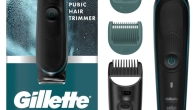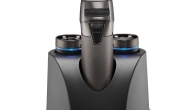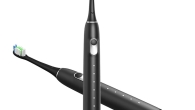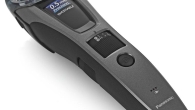
Razor and Electric Shaver: Which Shaving Tool Suits Your Skin?
Introduction to Razors and Electric Shavers
Choosing between razor and electric shaver is an important grooming decision. They’re designed for different needs and lifestyles. To make the right choice, understanding their features is key. This section introduces the basics of razors and electric shavers. It explains their uses, advantages, and distinctions.
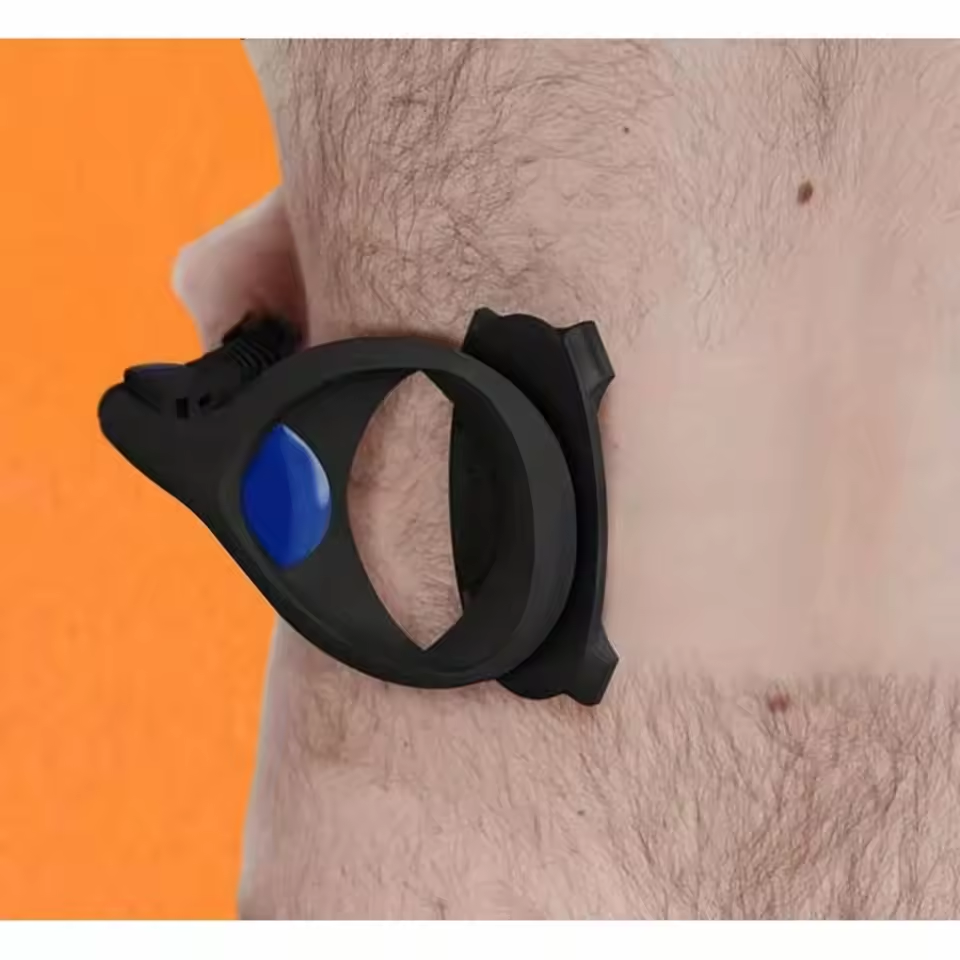
What is a Razor?
A razor is a traditional shaving tool with sharp blades. Razors are designed to cut hair close to the skin. They come in various types, such as safety razors, disposable razors, and cartridge razors. Safety razors ensure precision, while disposable razors are travel-friendly. Cartridge razors are user-friendly, ideal for quick shaving. Razors are typically favored for achieving smoother skin with fewer strokes.
What is an Electric Shaver?
Electric shavers are modern devices powered by electricity or batteries. They work by trimming hair using oscillating or rotating blades beneath a protected surface. Electric shavers come in two main types: foil and rotary. Foil shavers have straight blades under a thin foil layer, offering closer shaves for finer hair. Rotary shavers, with circular heads, adapt well to contours and thicker hair. Electric shavers are efficient, faster, and well-suited for busy lifestyles.
Types of Razors and Electric Shavers
Choosing between razors and electric shavers also involves understanding their types. Each type suits different needs and preferences. Let’s break down the options available for both manual razors and electric shavers.
Manual Razors: Safety, Disposable, and Cartridge
- Safety Razors: These have a fixed blade and a protective guard. They provide precise shaving and reduce cuts. Safety razors work well for people seeking a closer shave with manual control.
- Disposable Razors: These are cheap and ideal for short-term use or travel. They’re lightweight but offer limited durability. They are great for occasional grooming or emergencies.
- Cartridge Razors: These come with replaceable blade cartridges. They’re user-friendly, making them a popular choice. Their flexible head allows smoother gliding across face contours for quick shaves.
Manual razors are best for individuals wanting a traditional shaving experience with various options.
Electric Shavers: Foil vs. Rotary
- Foil Shavers: These use straight blades covered with a thin foil. They’re perfect for fine and short hair. The design suits individuals needing closer and cleaner shaves on flat surfaces.
- Rotary Shavers: These have rotating circular heads. They adapt well to facial contours and thick or coarse hair. They are ideal for users with irregular shaving patterns or thicker growth.
Electric shavers offer speed and versatility for modern lifestyles. Choosing between foil or rotary depends on hair type and preferences.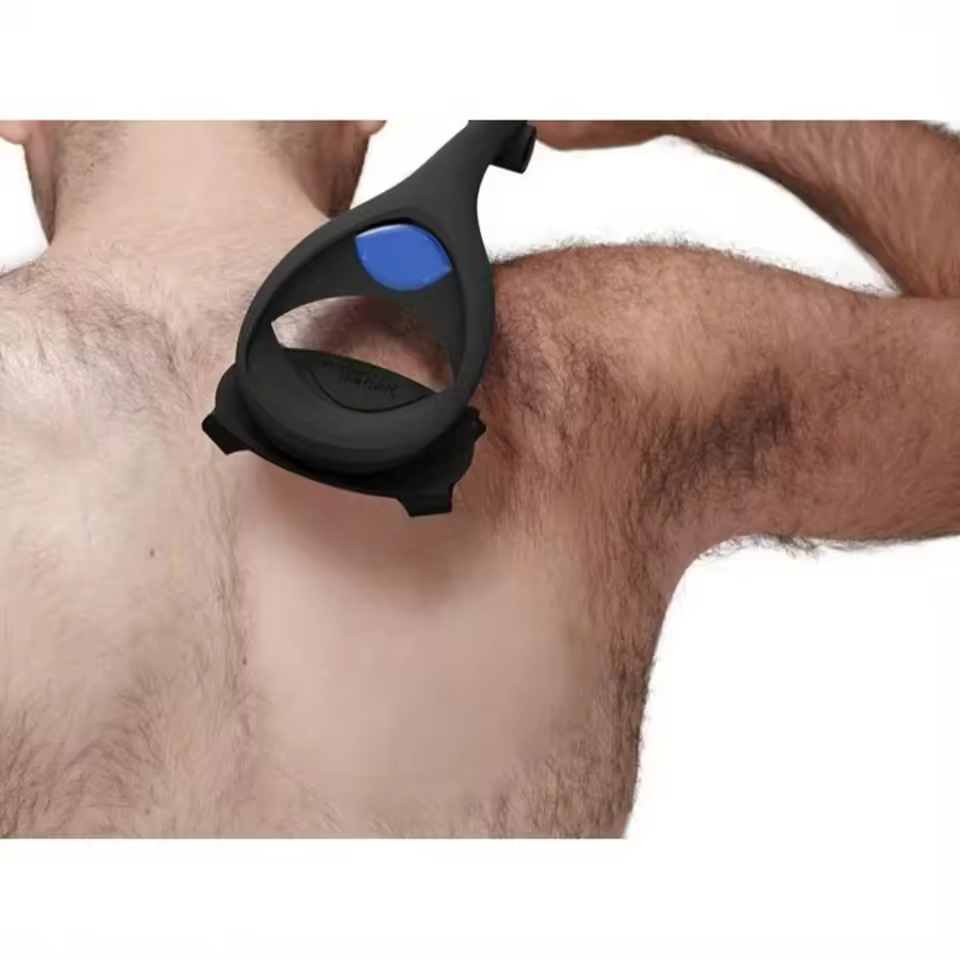
Comparing Shaving Performance
Closeness of Shave
Razors offer a closer shave by cutting hair directly at skin level. This leads to smoother results with fewer passes. Electric shavers trim hair instead of cutting it fully, leaving it slightly longer. Foil electric shavers can mimic close results but may miss extremely fine hairs. Razors remain the top choice if achieving a close, clean shave regularly is important.
Comfort and Skin Irritation
Razors can irritate sensitive skin, causing razor bumps or redness. Using a razor requires preparation, like shaving cream or gel, for smoother results. Electric shavers are gentler on the skin due to their protected blade design. Rotary shavers adapt better to contours, minimizing tugging or pulling. For sensitive skin, electric shavers provide a more comfortable experience.
Precision and Control
Razors offer excellent precision, especially safety and cartridge varieties. They allow controlled strokes for shaping beard edges. Electric shavers excel in quick, non-detailed grooming but are less effective for intricate details. Manual control with razors is ideal for individuals needing precise styling or edging. Electric shavers perform best for straightforward, fast shaving sessions.
Ease of Use and Convenience
When comparing razors and electric shavers, ease of use and convenience are significant factors. Each option provides unique advantages based on individual preferences and lifestyles. This section explains their differences, focusing on time efficiency and portability.
Time Efficiency
Electric shavers are quicker for shaving tasks compared to razors. They allow fast grooming without the need for shaving cream or water. Razors require more preparation, including lathering and rinsing, adding time to the process. Electric shavers are ideal for those with packed schedules or minimal time for shaving. However, if precision is critical, razors may require more passes but offer meticulous results.
Portability and Maintenance
Razors, especially disposable ones, are lightweight and travel-friendly. They need minimal maintenance, but blade replacement is frequent. Electric shavers are bulkier but can handle multiple uses without frequent blade changes. They require charging or batteries, which can be inconvenient during travel. Over time, cleaning the internal mechanism of electric shavers becomes essential. For simplicity and minimal upkeep, disposable razors are the most convenient choice.
Cost Analysis
When deciding between a razor and electric shaver, cost is an important factor. This section delves into both upfront costs and long-term expenses, helping you determine which option fits your budget best.
Upfront Costs
Razors generally have lower upfront costs compared to electric shavers. Disposable razors and cartridge razors are inexpensive and readily available. Safety razors may cost more initially but offer affordability over time with blade replacements. Electric shavers, on the other hand, are a pricier investment. High-quality electric shavers, especially advanced foil or rotary models, can cost significantly more than manual razors. However, they offer durability and advanced features, justifying the higher price for some users.
Long-Term Expenses for Blades and Accessories
Long-term costs vary greatly between razor and electric shaver. Razors require frequent blade replacements, especially for cartridge and disposable types. Safety razors are more economical since they only need replacement blades. Electric shavers involve minimal blade replacements but require other costs. These include charging, battery replacements, and potential repairs. Cleaning accessories and lubricants also add to the expenses. While electric shavers have higher upfront costs, their maintenance may balance out over time for regular users.
By examining both upfront and long-term expenses, you can better understand the true cost of each shaving tool.
Factors to Consider Based on Your Skin and Hair Type
When deciding between a razor and electric shaver, consider your skin and hair type. These factors significantly impact your shaving experience and results. Understanding what suits you best ensures comfort and effectiveness.
Sensitive Skin Considerations
Sensitive skin requires special attention during shaving. Razors offer a closer shave but may irritate the skin. Razor bumps, redness, and nicks are common issues with manual razors. Using shaving creams or gels can reduce discomfort. Electric shavers are gentler, making them ideal for sensitive skin. Foil shavers, in particular, minimize skin contact and irritation. They glide smoothly, offering a safer option for delicate skin types. Always choose the right tool to prevent unnecessary skin problems.
Thick vs. Fine Hair Adaptability
The thickness of your hair influences your choice too. Razors work well for most hair types, including fine hair. They cut close at the skin level, leaving smoother results. However, thick or coarse hair can require multiple passes with a razor, increasing irritation risk. Electric shavers are designed for easy thick hair trimming. Rotary shavers adapt well to dense or uneven hair growth. Foil shavers are better suited for straight, fine hair. Match your device to your hair texture for an efficient shave without unwanted tugging or pulling.
Environmental Impact
Understanding the environmental impact of razor and electric shaver is essential. Shaving tools can create waste and consume energy, affecting sustainability. This section examines their ecological footprints to help make an environmentally conscious decision.
Waste Generated by Razors
Razors, particularly disposable ones, generate significant plastic waste. These razors are often single-use and not recyclable. Cartridge razors contribute slightly less waste as the handles are reusable, but blade cartridges still add to landfills. Safety razors are a more sustainable option. They use metal blades, which are recyclable when properly disposed of. Choosing razors with recyclable or biodegradable materials can reduce environmental harm.
Energy Consumption of Electric Shavers
Electric shavers rely on electricity or batteries for power. Rechargeable models consume energy during charging cycles. Battery-powered shavers create waste from disposable batteries, which can harm the environment. Even rechargeable models require electricity, adding to carbon footprints. Modern energy-efficient electric shavers are better but still not entirely eco-friendly. Regular users may save more energy than those using heated water with razors. Balancing sustainability with convenience involves considering energy use and waste reduction strategies.
Choosing the Right Option for You
Selecting between a razor and electric shaver depends on personal priorities. Your lifestyle, daily routine, and budget play key roles in the decision. Assess these factors carefully to find the most suitable option.
Lifestyle and Daily Routine
Your lifestyle and grooming habits greatly influence the best choice. If you have a busy schedule, an electric shaver is ideal. It works quickly without the need for shaving cream or water. For frequent travelers, disposable razors are lightweight and easy to carry. Meanwhile, safety razors work well for those who enjoy precise and traditional grooming.
For occasional shaving, manual razors are a practical option. Electric shavers suit individuals who prioritize regular and efficient grooming routines. The decision should align with how much time and effort you want to dedicate to shaving.
Budget and Long-Term Preferences
Budget is crucial when deciding between a razor and electric shaver. Razors have low upfront costs, particularly disposable and cartridge razors. Safety razors may be slightly expensive initially but save money long term. In contrast, electric shavers require a higher initial investment. However, they are durable and need less frequent blade replacements compared to razors.
Long-term costs also vary. Razors may involve recurring expenses for blades and shaving aids. Electric shavers add costs for charging, battery replacement, and cleaning accessories. Assess your budget and preference for ongoing maintenance. This consideration will guide you toward the most cost-effective choice over time.
Understanding your grooming habits and financial plan ensures you pick the right shaving tool. Evaluate both short-term and long-term factors to make an informed decision.




